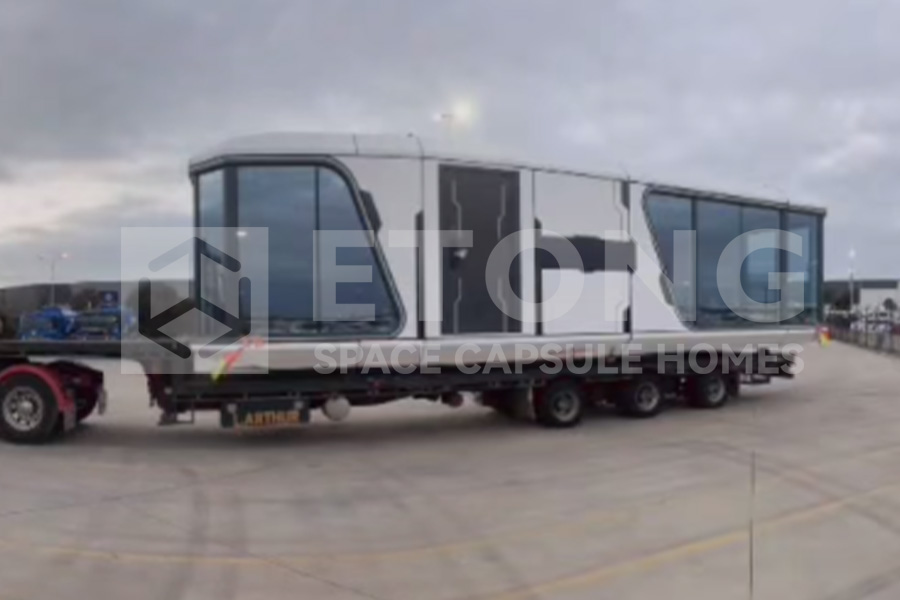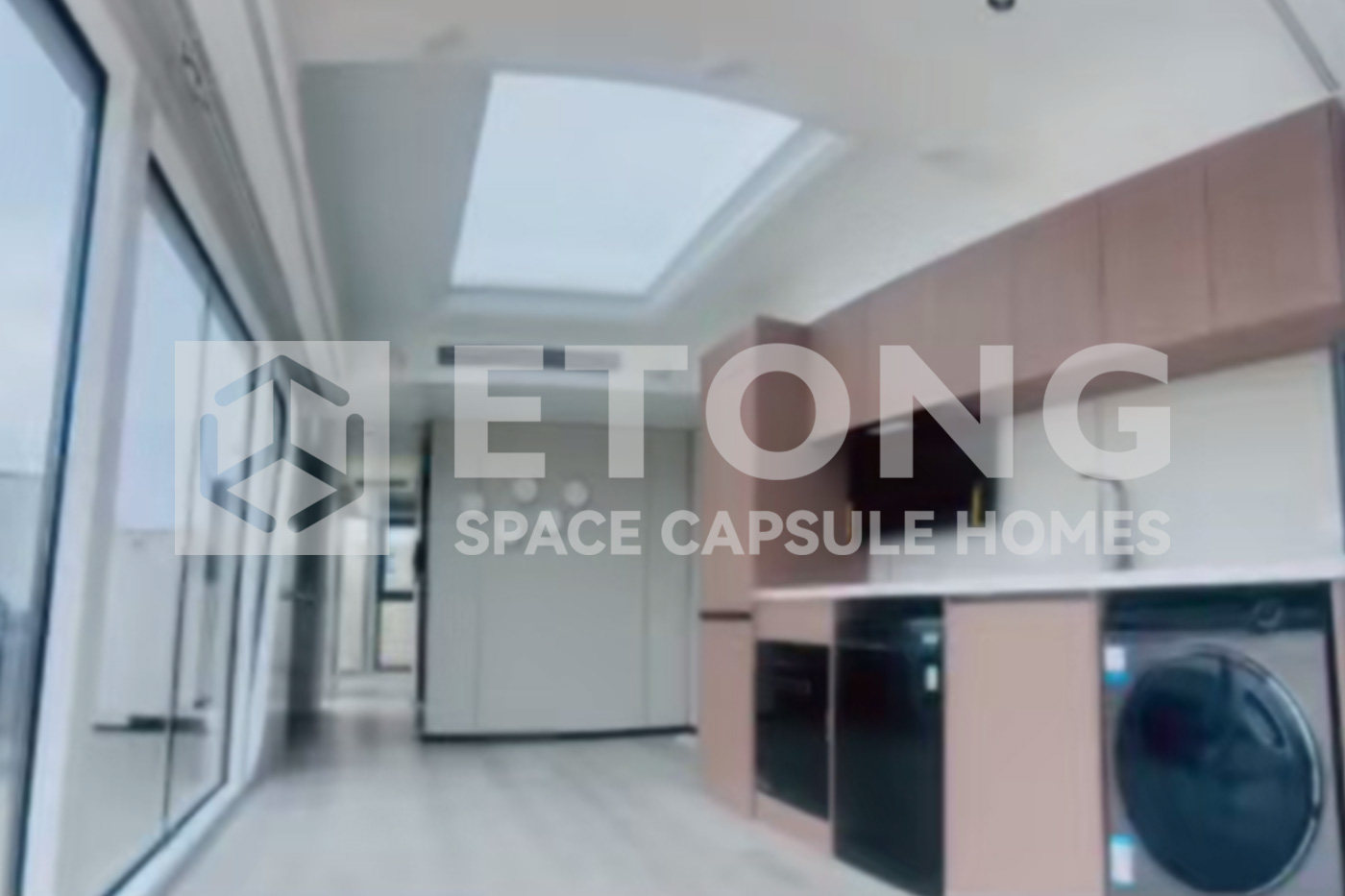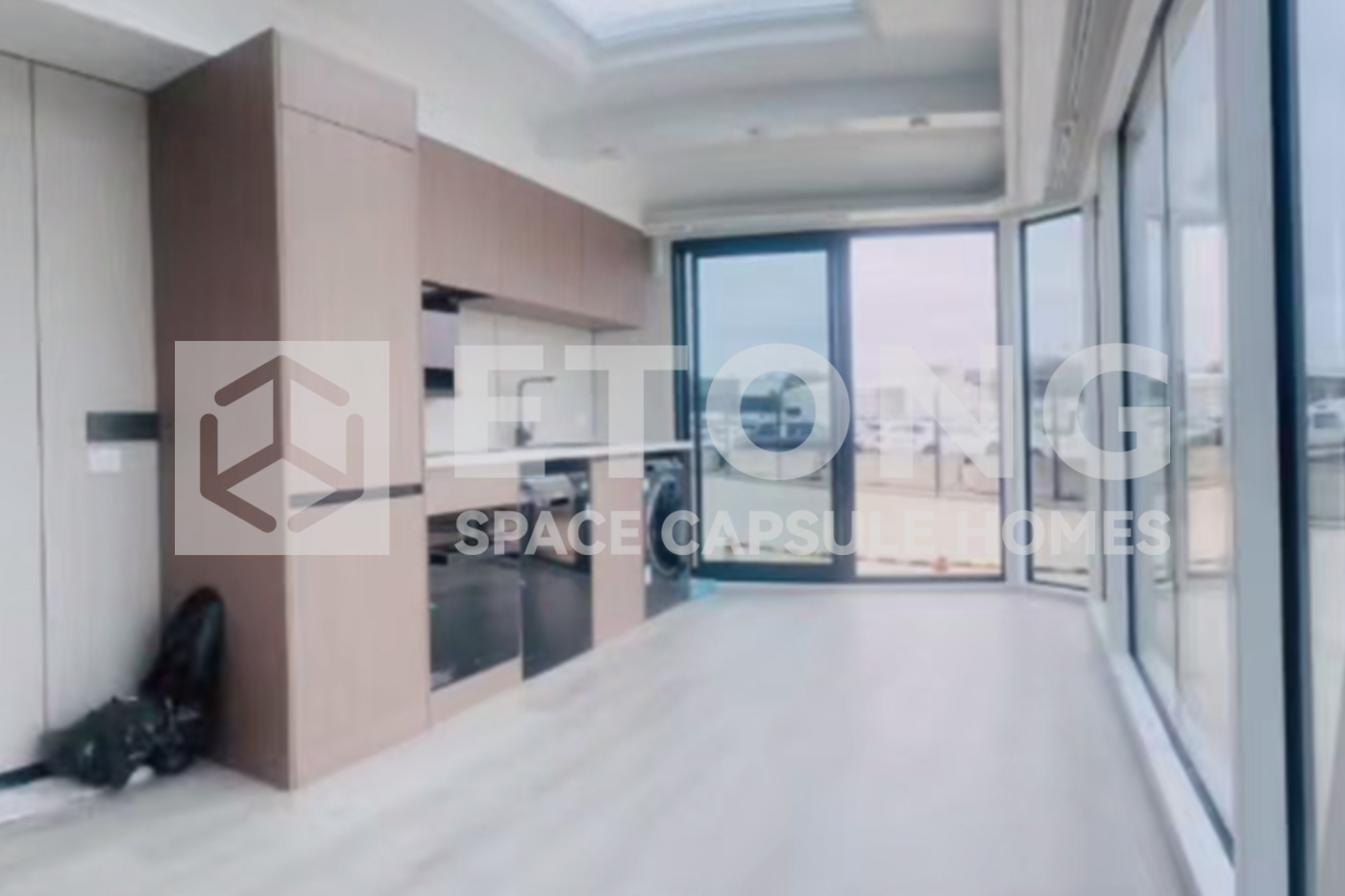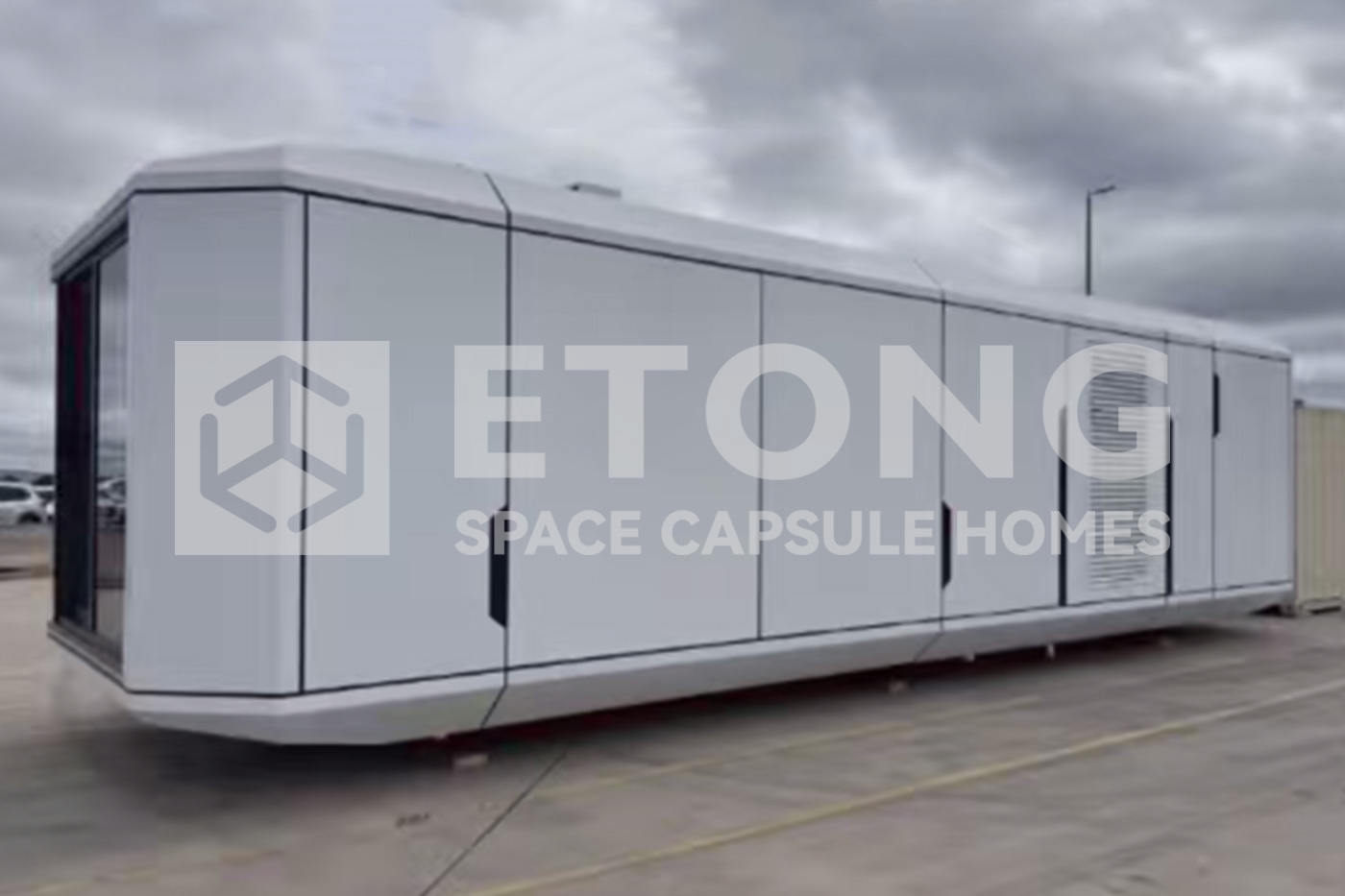Melbourne Prefabricated Homes: A New Solution to Housing Problems in Australia
Melbourne, a vibrant Australian city, has been facing significant housing challenges amid its rapid urban development. In response, Melbourne has recently embraced innovative prefabricated compact housing solutions to address these pressing issues.
he Introduction of ETONG Prefabricated Homes T40SP Model
Recently, the Melbourne government unveiled a new policy promoting the development and construction of prefabricated housing. In response, numerous companies have actively participated in this initiative, with ETONG leading the delivery of high-quality prefabricated homes—including its T40SP model—to Melbourne in significant volumes.

Among these providers, ETONG Prefabricated Homes has introduced its latest T40SP model. This unit features two bedrooms, one bathroom, a living area, and a kitchen, making it well-suited for families or multi-generational living arrangements.
Melbourne residents have expressed strong interest in these innovative housing solutions, with many already purchasing and installing the units. Reports indicate that these prefabricated homes are precision-engineered in controlled factory settings and arrive fully furnished, offering a turnkey solution that requires only connections to water and electricity before occupancy.

Advantages of Prefabricated Homes in Melbourne
Melbourne residents are not only attracted to the contemporary aesthetics of these innovative housing solutions but also value their practical benefits. Firstly, prefabricated homes are significantly more affordable than traditional construction, with reduced building costs making them an economically viable option.
Secondly, as these units are built through factory-controlled manufacturing, quality can be rigorously monitored and standardized, ensuring consistent high quality across all units. This approach minimizes the inconsistencies and delays often associated with conventional on-site construction.
Additionally, the accelerated production and installation process allows for quicker occupancy, addressing Melbourne’s urgent need for scalable and efficient housing solutions. These advantages collectively position prefabricated homes as a smart and sustainable choice for modern urban living.

Third Key Advantage: Sustainability and Efficiency
The standardized design of prefabricated homes not only reduces construction costs and enhances production efficiency but also minimizes material waste and environmental impact. This approach supports sustainable urban development while maintaining high quality and structural consistency.
Growing Interest Among Melbourne Residents
Melbourne residents have long sought practical and scalable solutions to the city’s housing challenges. The emergence of innovative prefabricated homes has been met with broad enthusiasm, offering renewed confidence in addressing housing affordability, flexibility, and comfort. These solutions expand housing options and contribute to an elevated standard of living across the community.

Versatility and Broader Applications
In addition to serving multi-generational families, prefabricated homes like ETONG’s models also meet diverse commercial and industrial needs. For example, granny flats—compact, self-contained units—are increasingly used not only as residential extensions but also as flexible spaces for home offices, studios, or rental accommodations, demonstrating their adaptability across sectors.
The Future of Melbourne
The introduction of innovative prefabricated housing marks a positive shift in Melbourne’s urban development trajectory. By improving housing accessibility and quality, these solutions contribute to broader social progress and more sustainable city growth. They help reduce overall housing costs, shorten construction timelines, and minimize environmental impact—key factors in building a more resilient and inclusive community.
The policy support from the Melbourne government reflects a forward-thinking approach to urban planning, one that is likely to deliver lasting social, economic, and environmental benefits for residents and the city as a whole.
